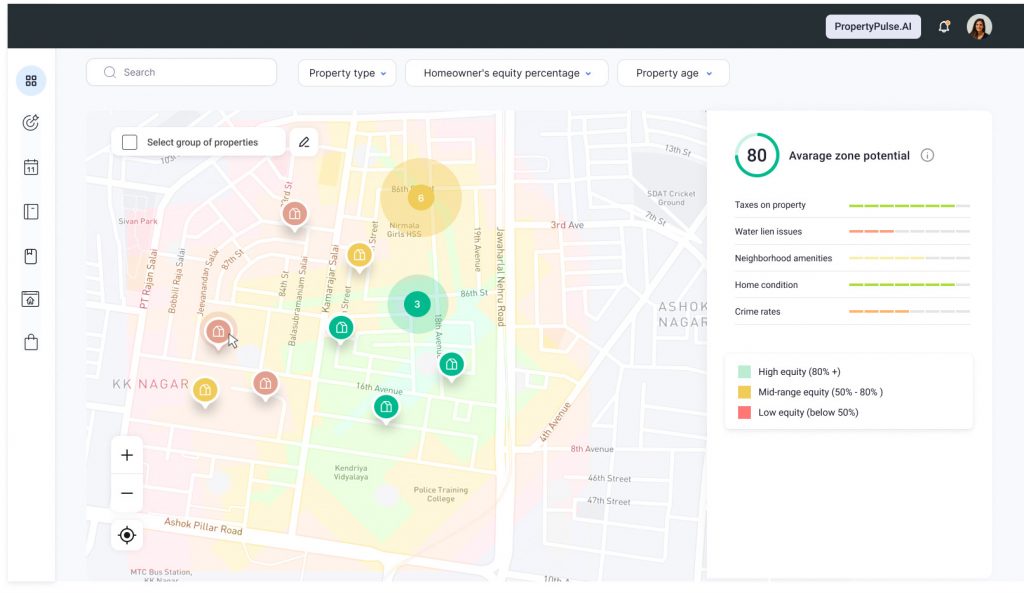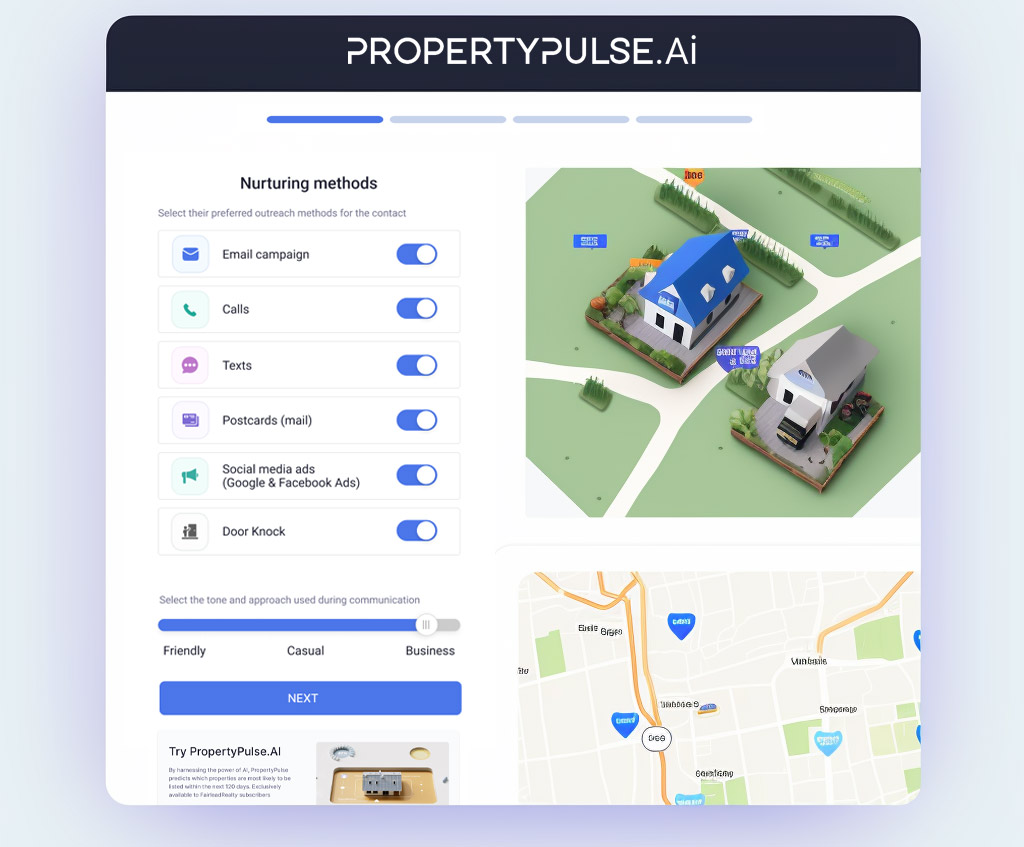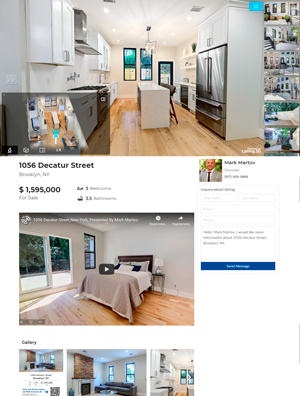Unraveling the Hidden Link: Labor Market Fluctuations & Real Estate Trends

Introduction
The complex interplay of economic forces and their repercussions on the housing market provides both challenges and opportunities for real estate agents and investors alike. It is critical to dissect these economic indices and understand the shifting dynamics in the real estate market to make informed decisions. The recent labor market data coupled with the Housing Market Report offers a deeper insight into the economic health of the country and its potential implications on the real estate sector.
Analysis of Labor Market Data and its Implications for Real Estate
The U.S. labor market saw a modest addition of 209,000 total nonfarm payroll jobs in June, and the unemployment rate witnessed a slight dip from 3.7% in May to 3.6% in June. These numbers suggest a resilient labor market, which typically bodes well for the real estate industry.
However, we need to further delve into the sectors adding jobs to uncover hidden trends. The health care, social assistance, and government sectors accounted for nearly 60% of the employment gains. Also noteworthy was the increase in construction employment. This rise reflects a shift in builder sentiment and a continuation of new building activities.
The Confluence of Inflation, Mortgage Rates, and Federal Reserve’s Actions
While the labor market strength and wage growth are a positive indicator for home buying, the other side of the coin points towards potential challenges. Stubbornly high wage growth and core inflation could result in elevated mortgage rates and more Federal Reserve rate hikes. The 10-year Treasury yield, which often influences mortgage rates, has decreased on the news, but the upcoming Consumer Price Index report might cause a significant stir, affecting Treasury yields and mortgage rates alike. Elevated mortgage rates could deter potential homebuyers, dampening the housing demand and subsequently impacting real estate agents and their inventories.
Interpreting Housing Market Report
The housing market saw a notable increase of 1.4% in typical U.S. home value from April to May, reaching $346,856, reflecting a heated home shopping season. However, homebuyers face challenges with limited fresh options, resulting in bidding wars and surprisingly high sale prices.
The discrepancy in home value trends across different metro areas also reflects the market’s dynamic nature. While the Midwest saw the most significant monthly gains, the smallest were in Las Vegas, New Orleans, Phoenix, Austin, and San Antonio. Tech hubs like San Jose, Seattle, and San Francisco have also shown a rebound after substantial price falls in late 2022. It’s crucial for real estate agents to closely monitor these local trends to align their inventory and pricing strategies.
The Challenge of Shrinking Listings
The housing market has been grappling with a 23% year-over-year decrease in new listings as of May. This persistent shortage is attributable to the higher mortgage rates, which discourage homeowners from listing their homes. The total active inventory stands a staggering 45.7% below May 2019 levels, marking the fewest active listings in any May on record. This paucity of listings is likely driving up home value growth.
Despite these challenges, pending sales remain strong, which could be a promising sign for the real estate market, provided it continues in the coming months.
Rent Market Trends
Asking rents increased by 0.6% month over month in May, marking a 4.8% rise from last year. However, this represents a somewhat slow start to the year. This sluggish growth in rents may steer potential renters towards buying, potentially stirring up demand in the housing market.

Leveraging Real Estate Farming Techniques to Navigate Market Challenges
Real estate agents and investors need to stay attuned to these economic indicators and market trends to make data-driven decisions. The interplay of labor market data, mortgage rates, and housing market trends offers both challenges and opportunities. Recognizing these trends and tailoring strategies accordingly can not only help maintain robust real estate inventory but also ensure its continual growth and success.
Real Estate Farming
Real estate farming, the strategic practice of focusing resources in a specific area, has proven to be an effective approach in the ever-fluctuating real estate industry. As we navigate through the current market’s challenges, grounded in the economic indices and trends, it is vital to harness the power of real estate farming techniques to weather these obstacles and enhance our real estate operations.
Understanding the Market’s Challenges
Before delving into the farming strategies, it’s essential to clearly identify and understand the challenges based on our market analysis. The current real estate market is facing an inventory shortage with new listings witnessing a 23% decrease year over year. Coupled with the rise in mortgage rates and a tight labor market, the industry is in a volatile state that can deter potential buyers.
Developing a Targeted Approach
To navigate these hurdles, we must create a more targeted approach, focusing on specific neighborhoods or “farms”. Choosing the right farm is crucial, and can be informed by analysis from the housing market report. Focus on areas with promising growth and obesrbtion rate.
Building a Strong Local Presence
Once the farm area is chosen, establishing a strong local presence is key. Start by getting to know the neighborhood intimately. Understand its demographics, average home values, turnover rates, and any factors that could influence its real estate market, such as upcoming development projects or changes in local policies. Becoming a local expert will allow you to serve your clients better and make more informed decisions.
Creating Value-Added Content
Next, generate valuable content tailored to your farm area. This could include a neighborhood newsletter with market updates, tips on home maintenance, or local event information. Highlighting your expertise and providing useful information will build trust and position you as a valuable resource in the community.
Networking and Community Engagement
Attend local events, join community groups, and engage with local businesses. The aim is to build relationships and become a familiar face in the community. The more you’re seen as a part of the community, the more likely residents will turn to you when they’re thinking of buying or selling a home.
Using Direct Mail and Digital Marketing
In a tight market, it’s essential to use all available channels to reach potential clients. Consider a direct mail campaign, sending postcards or flyers to homes in your farm area. Digital marketing is also a powerful tool. Utilize social media, email newsletters, and a well-designed website to connect with potential clients.
Collaborating with Local Builders
Given the current boost in construction employment, consider partnering with local builders and contractors. This can lead to exclusive listing opportunities and provide insights into upcoming projects that could affect the local market.
Adapting to Market Changes
The real estate market is dynamic, and successful farming requires staying on top of changes and being willing to adapt your strategy. Continually monitor local and national market trends, and adjust your tactics as needed.

Here are some ways you can leverage predictive AI to enhance your real estate farming strategies:
- Conduct Research and Analysis
Predictive AI goes beyond basic research by analyzing heat maps to identify areas with a high likelihood of property listings. This helps you focus your energy on areas primed for real estate activity instead of casting a wide net and hoping for the best. - Define Your Demographics
PropertyPulse.AI offers insights into your chosen farming area’s demographics, including home ownership type, duration of ownership, and home equity. With this information, you can tailor your marketing strategies to align with your audience’s specific needs and preferences. - Spot Opportunities
Predictive AI identifies specific opportunities, such as distressed properties or properties that have been withdrawn or expired from the market. With this knowledge, you can reach out to these homeowners before anyone else does, giving you an advantage. - Customize Your Approach
Using data from PropertyPulse.AI, personalize your communication to increase your chances of a positive response. Your outreach to a homeowner with a property ‘most likely to list’ should differ from your approach to a distressed property owner. - Monitor and Adjust
Real estate is dynamic, so review the data from your AI tool regularly and adjust your strategies as needed. Stay flexible and open to change. - Build Relationships
Predictive AI helps identify relationship-building opportunities. Whether it’s reaching out to long-term residents or assisting homeowners in distress, leverage AI data to start meaningful conversations and build lasting relationships.
Incorporating PropertyPulse.AI into your real estate farming strategy can revolutionize your business by enabling you to concentrate your efforts in the most promising areas, giving you a head start on your competition, and facilitating more effective, personalized communication with potential clients. As a new agent, harnessing the power of AI can pave the way for a successful career built on smart strategy and genuine connections.
Exclusive Access to PropertyPulse Pro:
To ensure that its cutting-edge tools and resources are available only to the most dedicated professionals, PropertyPulse Pro offers exclusive access to certain agents. This selectivity ensures that the platform’s powerful AI assistance and big data capabilities are used to their full potential, benefiting both agents and their clients.
Additional Services
Take Your Marketing Even Further






Additional Features at no cost
Part of any package












